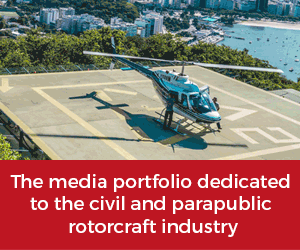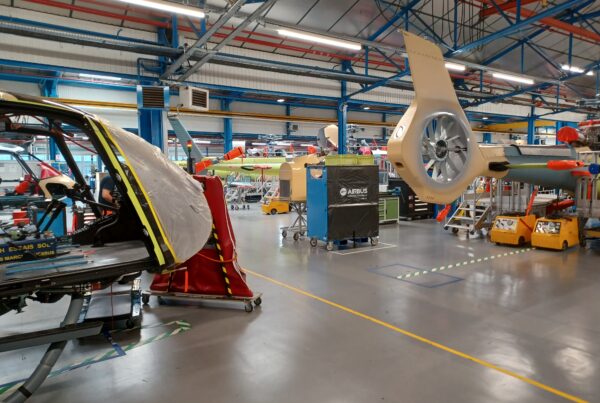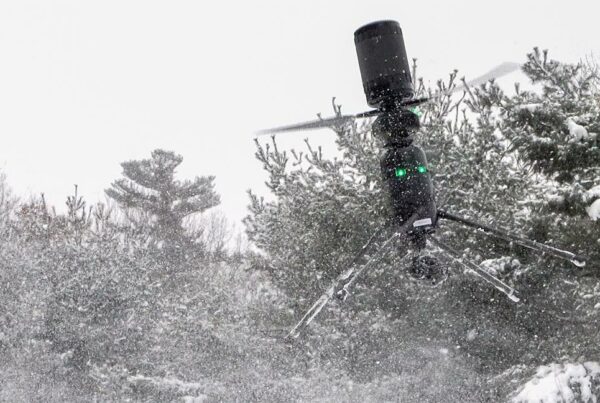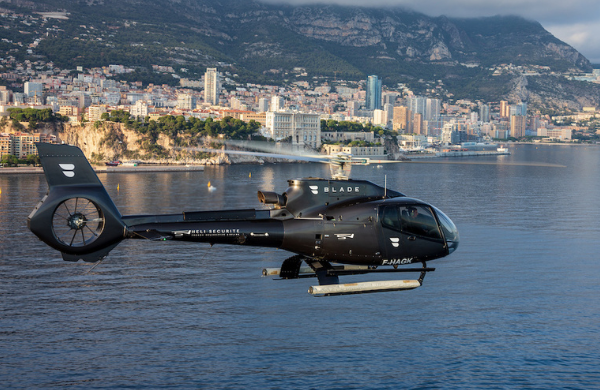
A veteran of more than 30 years of helicopter industry experience, Horton has seen it all before. That experience has lent him a vision and perspective that lays the groundwork for building back the Schweizer helicopter business. “When we bought Schweizer from United Technologies, the company had been idle for a few years. Product support was not great, so that was our first job – getting the product support back to where it needed to be, to win the trust of the operators that we are here for the long haul, that we have the capability to support the aircraft. We’ve spent millions of dollars doing that, and now, after five years, we’ve got to where we wanted to be.”
The company has been granted manufacturing certificates and has completed the requirements for Part 145, although the paper exercise part of the certification has been long-winded. Horton said the company’s next task is simply to sell more helicopters. “We’ve got a good product, there’s no question about that,” he said. “Back in the day, when Hughes were developing the 300, there is no doubt Howard Hughes hired the best engineers and designers he could find, and it shows in the robustness of the aircraft. The NTSB have called the 300 series the safest piston light helicopter.” An accolade indeed, but Horton said the company is not content to sit on the laurels of past success. “We have to accept that it is 1950s or 60s technology, and we have to bring it up to date – but without giving away any of the elements that make it a great family of helicopters.” Already, Schweizer has brought the crashworthiness of the fuel system up to modern standards as part of the acquisition of the full production certification granted earlier this year. The company has held production authority since 2019.
Improving the interface
For Horton, the avionics are an obvious target for improvement. “We have to improve the pilot interface so that it’s more like the interactions new pilots have with the rest of the technology in their lives and more like the technology found in the aircraft that student pilots are likely to progress to. So that means glass avionics, it means moving map displays.” As a first step along that upgrade road, Schweizer is looking at the engine monitoring instrumentation and how to make it simpler and more intuitive.
Further down the line, the company is looking to capitalise on the reputation of the 300C and CBi. Not to forget, the turbine 333 is a first-class training aircraft, but Horton warned it would be a mistake to focus overly on the training market. He said: “The reality is that if you look at what the existing fleet is being used for, more are used for jobs other than flight training – agriculture, in spray applications, as well as cattle mustering. You’ve got law enforcement and a lot of other aerial work jobs. So training is an important market, and we have helicopters that have a lot of advantages over their competitors in that regard, but it would be a mistake to concentrate only on that sector.”
Future-proofing the product range
In addition to enhancing the company’s current range of helicopters, Horton argued that the company must also take a more comprehensive view of the capabilities of the aircraft and create aircraft that fulfil needs that, as yet, it has not explored. He pointed to the engineering of the unmanned RQ/MQ-8 programmes that Schweizer worked on with Northrop Grumman. “You are talking about a rotor system, transmission and space frame that has some serious payload capability, so right there, you have the basis for a larger four- or five-seat helicopter,” he said. Regarding the unmanned sector, Horton said it is also a focus point for future product development.
“There are a lot of jobs being carried out with manned helicopters where the manned part doesn’t bring much to the mission. Say, for example, you have a part to deliver to an offshore installation; an unmanned helicopter doesn’t care if it’s IMC, an unmanned helicopter doesn’t care if it’s night over the sea – it just knows that it must take off and fly at this altitude to that destination and return. It’s something we have to explore.”








